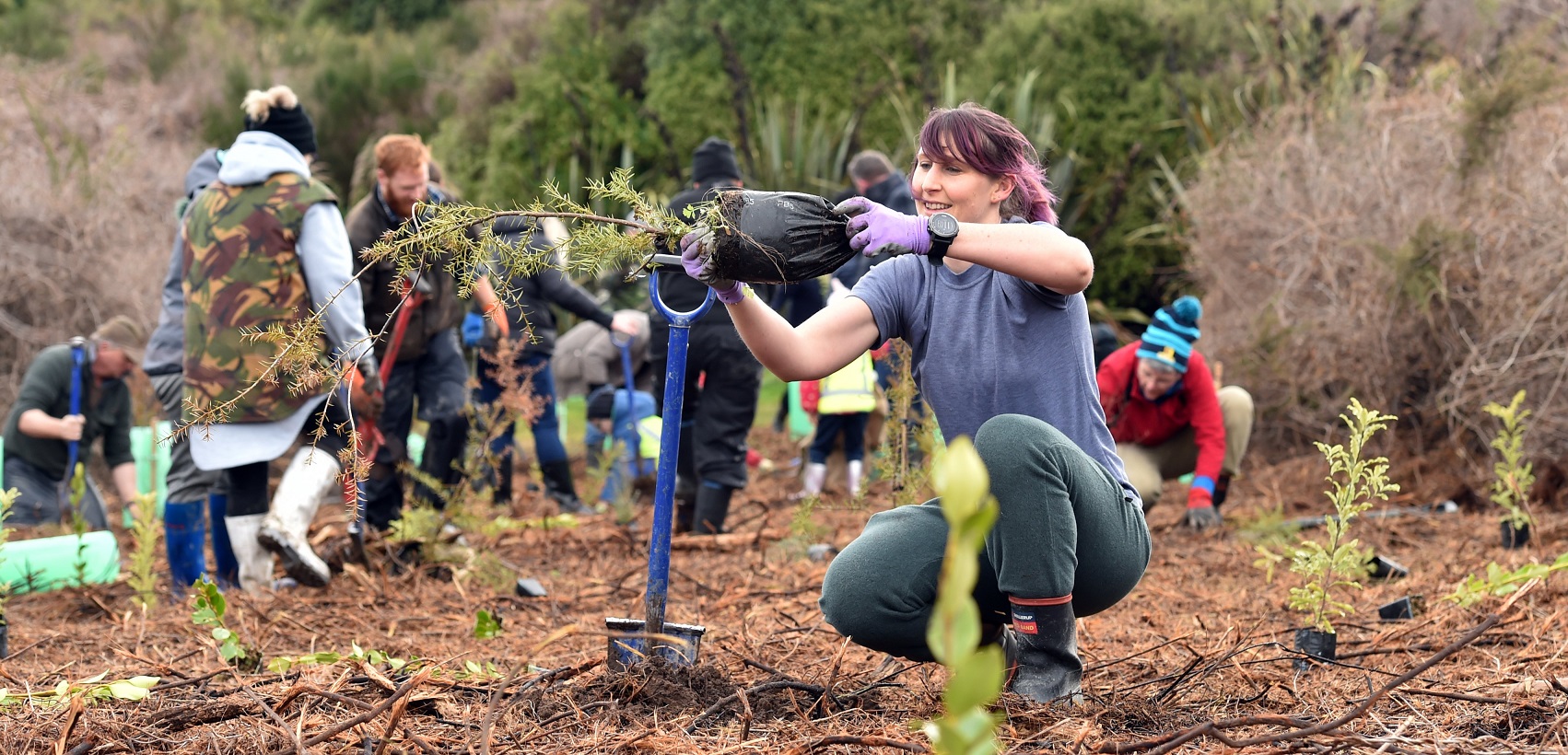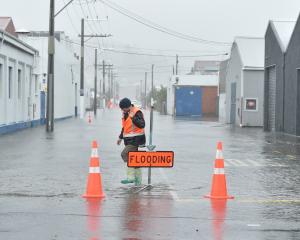
How does your understanding of Earth’s place in the cosmos affect your attitude to climate change? This question was put to a panel of scientists for the Tūhura Otago Museum exhibition "Earth, a Cosmic Spectacle" by Louise Beer. I was one of those scientists, and initially struggled with the assignment.

At the cosmological scale, the vastness of a starry sky reminds us that we are insignificant blips in time and space. Even on the scale of planetary evolution we are insignificant. Personally, I find that incredibly soothing.
Also, as any geology or biology student knows, life on Earth has recovered from numerous mass extinction events over its 4.5 billion year history. This is despite as much as 90% of all species vanishing each time. So, no matter how destructive we are, no matter how much atmospheric warming and climate instability our greenhouse gas emissions generate, we are highly unlikely to completely obliterate life. We also know that Earth has been much warmer in the past than it is currently.
During the Mesozoic era, 250 million-66 million years ago, CO₂ concentrations were possibly 16 times higher than they are now. That may sound reassuring, but it shouldn’t be.
Change is integral to the evolution of biodiversity; the myriad of species we share this planet with have diversified in response to past challenges and opportunities. However, past increases in CO₂ concentrations also occurred slowly over millions of years, providing time for species and ecosystems to adapt. The difference with the current planetary crisis is that the speed at which climates, coastlines and ice caps are changing exceeds the rate at which species can adapt in the short term.
And because of habitat loss and the generally fixed boundaries between wildlands or conservation areas and developed land, there is limited opportunity for species to migrate. Moreover, even if native species could adapt or migrate to a more suitable climate, they may not survive due to predation or competition from invasive species. For example, the fate of Otago’s iconic tussock grasslands doesn’t just rest on whether tussocks can cope with a hotter, drier climate, but whether we succeed in containing the spread of wilding conifers.
While current climate change might seem insignificant at a cosmological scale, at the human scale it is already devastating and likely to get worse given our current emissions trajectory — the global average temperature for the 12 month period from June 2023 to May 2024 was 1.63°C above pre-industrial levels, surpassing the 1.5°C goal of the Paris Agreement. Beer also asked her panel of scientists: what gives you hope?
The recently released second draft Emission Reduction Plan places a lot of hope in new technologies reducing emissions in the future, and in accelerating the afforestation of marginal land including Crown-owned land. However, placing our hope in future technologies is risky, as the promised benefits may not
be realised.
Afforestation is a proven mitigation strategy, however, the widespread planting of exotic conifers comes with significant risks to food and fibre production, landscapes, fire regimes and biodiversity. The short-term financial incentive to plant fast-growing radiata pine rather than slower growing native trees is substantial.
However, native trees are capable of storing carbon for much longer than radiata, which is critically important when you consider that even if we drastically reduced global emissions tomorrow, atmospheric greenhouse gas concentrations, and therefore global temperatures will still take many decades to decrease.
Those who choose to plant natives now are taking a personal financial hit for a future benefit they might not be around to see. These are the people that give me hope, who are motivated by concern for the future, rather than government policy. The farmers, catchment groups, rūnaka and community trusts throughout Otago who are restoring waterways, planting pocket native forests and riparian margins, reducing herd sizes, instigating agroforestry, or converting to low-input regenerative farming, are committing time and money to build a future that benefits everyone.
Current policy settings provide little in the way of financial incentive or reward for such actions, but that could and should change — for example, the Emission Reduction Plan for the first time includes peatland restoration and non-forestry carbon in scope.
Of course, actions such as tree planting and wetland protection alone have little power to keep global warming below 1.5°C, 2°C or even 3°C if we don’t also reduce emissions by changing the way we live and do business. But even if those actions seem insignificant at a planetary scale, they demonstrate that people understand the mission and are prepared to do the mahi to mitigate the impacts of climate change in ways that preserve our environment and its precious biodiversity.
Janice Lord is an associate professor in the University of Otago Department of Botany and co-director of He Kaupapa Hononga, Otago’s Climate Change Network.












